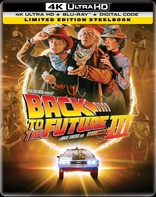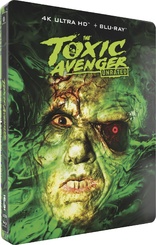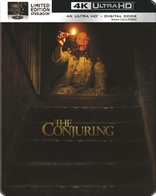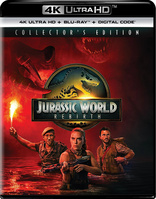Quote:
Originally Posted by Mayor Quimby

BD is not 4K. It's 1K. All I'm saying is that you're not seeing film grain itself at all when you watch a bd, hd or whatever. If you scanned a frame of film at even 2400dpi, you would see what looks like grain but isn't. You'd know once you had the film drum-scanned at 8000dpi.
|
There you go again

Didn't you read my post?
35mm STILL PHOTO film size is 24 mm x 36mm, BUT movie film 35mm has an image shot across the 24 mm horizontally, so it goes from a minimum of 11.33 mm x 21 mm to a max of 17.5 mm x 21 mm on regular sound 35, and from a minimum of 10 mm x 24 mm to a maximum of 18 mm x 24 mm on silent/Super-35.
So 24 mm would be the maximun width (for S-35 shot film) (or 21 mm for regular sound 35mm)
So MOVIE 35mm is not 1k, and BD is not 1K
Movie 35mm is:
4K: 4096 pixels across the 35mm's gauge area between the sprockets: which is about 25 mm, and the
Projected image from it is about 24 mm in Silent/Super-35 shot movies; and 21 mm for regular 35mm sound movies, be them anamorphic, flat widescreen, or Academy.
The Cineon scanner had a pitch of 166.66 pixels per mm (4233 dpi) in 4k, so:
4k Super-35: 24 mm x 166.66 = 4000 pixels width
4k regular 35: 21 mm x 166.66 =3492 pixels width
2k Super-35: 24 mm x 83.33 = 2000 pixels width
2k regular 35: 21 mm x 83.33 = 1746 pixels width
BD has 1920 pixels width so it's not 1k. It's 2k.
1920/2000 = 96%. Within SMPTE recomended practice of projection error. (I've seen theaters that crop up to 20% of one dimension!)
2400 dpi would be more or less 2.3k in movie terms but "3.4k" for the 35mm still photo's dimensions equivalent, 8000 dpi would be like 7.6k in movie terms but "11.3k" for the 35mm still photo's dimensions equivalent.
A projected film release print is normally about 1.5k on screen, and the eye sees about 4k at a viewing distance of 2PH/1 diagonal and about 2k at viewing distance of 4PH/2 diagonal(Thats why we see an improvement with 70mm projection)






























 Linear Mode
Linear Mode

